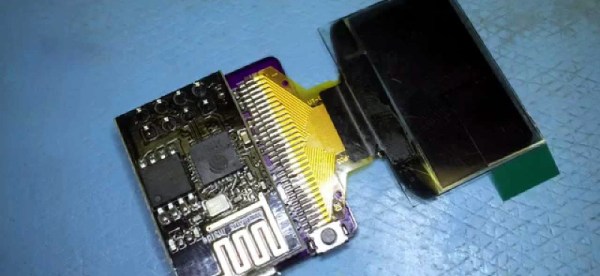NBC News has reported the US Government may implement regulations in the coming days that would require anyone who buys an unmanned aircraft system to register that device with the US Department of Transportation.
The most simplistic interpretation of this news is that anyone with a DJI Phantom or a model aircraft made out of Dollar Tree foam board would be required to license their toys. This may not be the case; the FAA – an agency of the US DoT – differentiates between unmanned aircraft systems and model aircraft.
This will most likely be the key thing to watch out for in any coming regulation. The FAA defines model aircraft as, “an unmanned aircraft that is capable of sustained flight in the atmosphere; flown within visual line of sight of the person operating the aircraft; and flown for hobby or recreational purposes.” Additionally, the FAA may not make any regulations for model aircraft. While this means planes and quads flown without FPV equipment may be left out of this regulation, anything flown ‘through a camera’ would be subject to regulation.


















